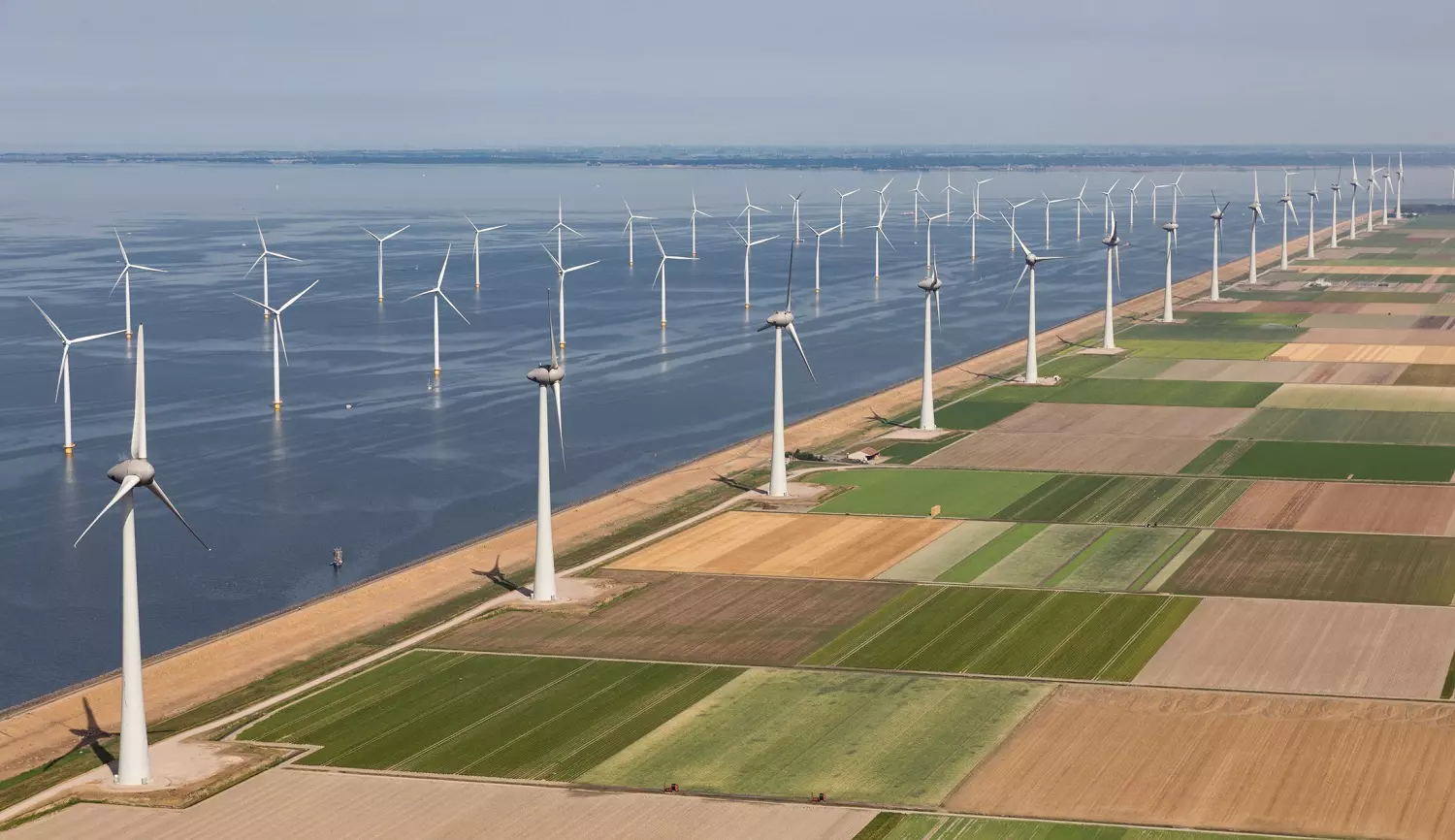[Originally published in 2013 as Exactly How “Green” are Wind Turbines?]
[Editor’s note: While this was first published over a decade ago, the issues remain current. It is also insightful to realize that this was already studied before most of today’s turbines were installed, yet these statistics are still not commonly known. It forms a cautionary tale about the push to have scientific findings either over- or underrepresented depending on the political stance of those reporting on them.]
Using the wind to produce energy is considered by many to be an environmental panacea. Consider the words of Greg Vitali, a member of the Pennsylvania House of Representatives:
Wind energy is better for the environment than coal, natural gas or nuclear energy. Wind turbines operate pollution free, do not add to climate change and use very little water.
At first glance, this sounds reasonable. After all, wind turbines don’t emit carbon dioxide, so they are not contributing to the horrible “global warming” that is supposed to happen this century. They also don’t seem to consume much. They just sit there, twirling in the breeze, making electricity for us to use. It’s not surprising, then, that wind power is the fastest-growing source of new electrical power in the U.S.
However, wind turbines do have an environmental impact – they can kill flying animals. Of course, one or two birds being knocked out of the air by a wind turbine is no cause for alarm. The real question is, “How often does this happen?” If a few hundred birds are killed each year by wind turbines, you can legitimately say that their impact on bird populations is relatively low. However, a recent study indicates that more than just a few hundred birds are being killed each year by the turbines that produce wind power.
Dr. K. Shawn Smallwood, an ecologist at the University of California, Davis, reviewed bird fatality reports from wind farms across North America. He then developed a model that would help him estimate the number of bird deaths that would occur each year as a result of wind turbines. His results were stunning.
Using the amount of wind power produced in the U.S. in 2012 as his benchmark, he estimated that 573,000 birds would be killed by wind turbines each year! 83,000 of those birds would be raptors, which includes endangered or threatened species like the the California Condor and the Northern Spotted Owl. To me, those numbers are staggering, and since wind power is growing quickly, they will probably increase significantly over the next few years.
Dr. Smallwood’s paper also estimates the number of bats that will be killed by wind turbines, and those numbers are equally alarming. He estimates that 888,000 bats will die from wind turbines every year. This is especially troubling, because there are many endangered bat species. Ironically, the Atlanta Journal-Constitution reports that a single Indiana bat (which is endangered) found in Georgia has caused the delay of $459 million worth of road work, but no wind turbine installations are being delayed over worries about endangered bats!
While it was not surprising to me that birds are killed by wind turbines, I found it odd that bats can be killed by them. After all, bats have a sophisticated sonar system that puts the best human technology to shame. With their sonar, they should have no problem avoiding the rotating blades of a wind turbine. However, according to a study that was done five years ago, a large number of the bat fatalities associated with wind turbines seems to be the result of the low-pressure zones that form near the turbines.
While the bats can detect the turning blades of a wind turbine with their sonar, they cannot detect the fact that there is a lack of air near them. As the bat flies near the turbines, it flies into a low-pressure zone, which causes trauma to the lungs. This trauma, usually called barotrauma, ruptures the capillaries in the lungs, resulting in internal bleeding. In the study, the authors found that 90% of the dead bats they examined showed signs of this kind of trauma.
Now please don’t get me wrong. I am not saying that wind power is bad for the environment. I have no idea, since Dr. Smallwood’s study is the first one I have seen that tries to estimate the total amount of animal deaths caused each year by such turbines. It’s possible, of course, that his model is wrong. It’s also possible that based on our growing knowledge of the interactions between birds, bats, and wind turbines, we can produce something that makes the wind turbines less deadly to flying animals.
My point is that environmental issues are not as simple as they seem. At first glance, it seems obvious that wind power is an environmentally-friendly way to produce electricity. It doesn’t emit pollution, it doesn’t consume many resources, and it doesn’t produce harmful byproducts. It also doesn’t contribute to “global warming,” or “climate change” as it is now known. However, it does slaughter a lot of birds and bats every year. Until some detailed analyses are done to determine whether or not the positive aspects of wind power outweigh the negative ones, it is clear that we should move more slowly when it comes to large-scale implementation of this supposedly “green” power source.
[Editor’s note: for a more recent update on the continued catastrophe caused by wind turbines, see: Slaughtering Species in the Name of “Green Energy”]






